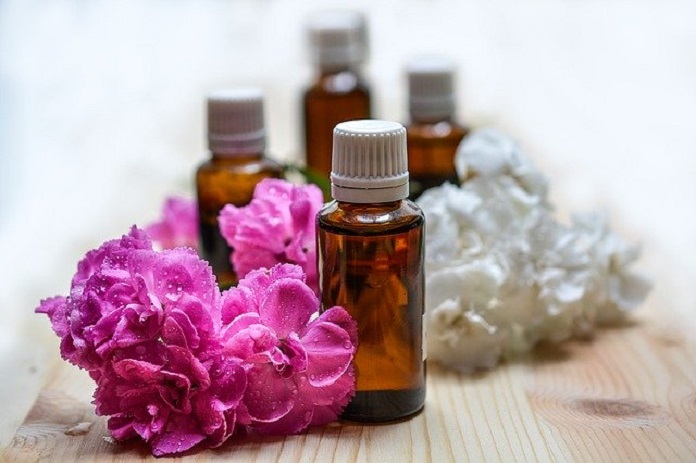Could alternative medicine contribute to the future of drug development?
Essential oils such as lavender oil or peppermint oil have been used for their therapeutic effects for centuries. With the advent of modern medicine, however, essential oils moved from a mainstay of treatment to the realm of alternative or complementary medicine.
However, the beneficial effects of some essential oils have been demonstrated in clinical trials. A new study published in Nature explores the question of whether the components present in essential oils represent potentially untapped pharmacological resources (1).
The study was designed specifically with an eye on the current drug development process. Pharmaceutical companies involved in drug development need to be able to process large numbers of potentially useful compounds. Whittling these compounds down to viable molecules is a challenging task for which the pharma industry has developed efficient processes. One such approach is the use of Drug Discovery Filters (DDFs). DDFs involve a series of tests to determine whether a molecule has the physical and chemical properties needed to be useful as a medicinal compound. These properties are referred to as Drug Discovery Parameters (DDPs).
Failure to meet these DDPs is one of the major reasons why essential oil compounds have largely been ignored in the drug discovery field. This study looks to examine essential oil components (EOCs) in terms of their DDPs, to answer whether this exclusion from the drug discovery field is justified. The researchers compared the DDPs of commercially available essential oil components to a series of DDFs. Finally, they compared the DDF results of EOCs to the DDFs of existing drug compounds to explore whether essential oil components really are that different from existing drug compounds in these key physical and chemical attributes.
In total, the study examined 175 different essential oils. From these oils, a total of 6,142 essential oil components were identified. However, removing duplicates reduced this number to 627 unique components. In terms of their suitability as potential drugs, the 627 essential oil components were examined in terms of four qualities; bioavailability, lead-likeness, fragment-based drug discovery, and drug-likeness.
All 627 passed drug discover filters for bioavailability and the overwhelming majority (94%) passed on each individual component of bioavailability. This suggests the components of essential oils are capable of entering circulation in the blood once introduced into the human body. Lead-likeness focuses mainly on how fat-soluble a component is and its molecular mass. Smaller molecules that dissolve better in water compared to fats are more likely to be suitable drug compounds and score better in terms of lead-likeness.
Again, the majority of essential oil components passed the DDF for lead-likeness. Fragment-based drug discovery focuses on identifying pieces or fragments of a molecule that are likely to bind to a biological target. Essential oil components fared less well in this test with only 32% passing all five criteria of this particular DDF. The test for drug-likeness compared the chemical structures of essential oil components to existing drug compounds. Promisingly, 60% passed this DDF.
In total there were only nine of 627 essential oil components that did not pass any variant of any DDF, while eight passed every variant of each DDF. To put the results in context, the researchers compared the results of essential oil components with the existing databank of drug compounds. About 94% of the components tested passed at least four of six DDFs. This compared favourably with only two-thirds of approved drugs reaching the same mark. However, six times more approved drugs passed all DDFs compared to essential oil components.
Overall, the results are promising. Essential oils are often overlooked as sources for drug development because of concerns about their physical or chemical properties. The results suggest that essential oils provide an untapped well for drug discovery. However, they should also be taken with a note of caution. While the results allayed fears in respect of the physical and chemical properties, there are many more hurdles to overcome in the drug development process. Further research is needed before we see more essential oil components making it into the pharmacological arsenal.
Written by Michael McCarthy
Reference: (1) Feyaerts AF, Luyten W, Van Dijck P. Striking essential oil: tapping into a largely unexplored source for drug discovery. Sci Rep. 2020;10(1):2867.
Image by monicore from Pixabay



